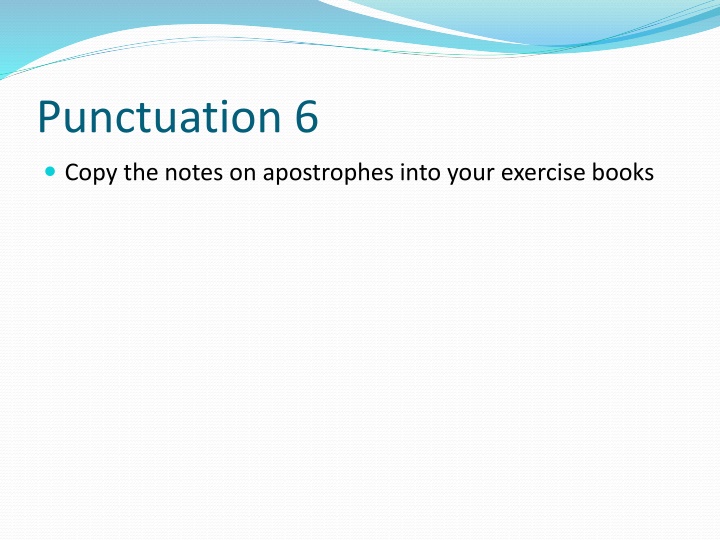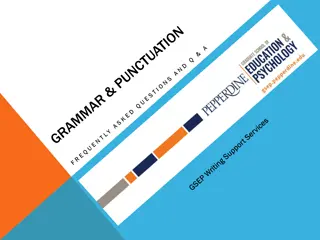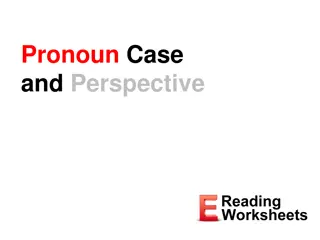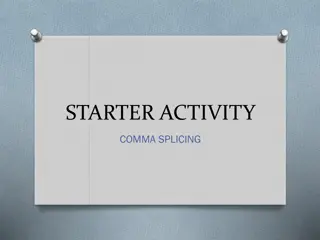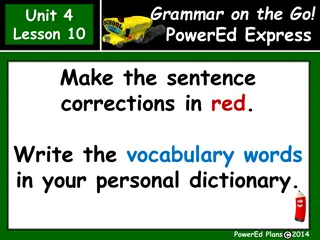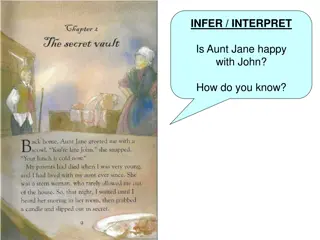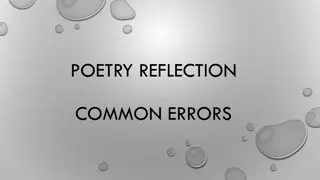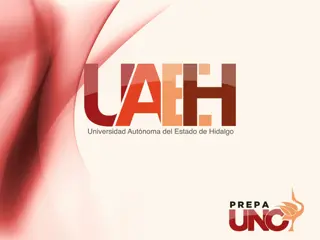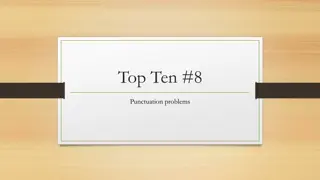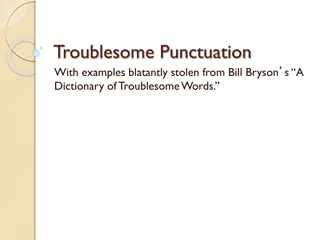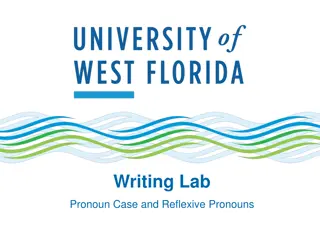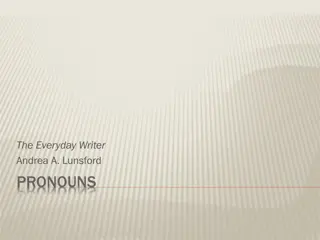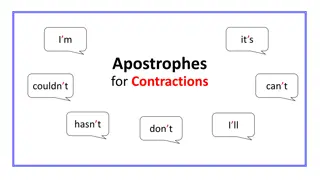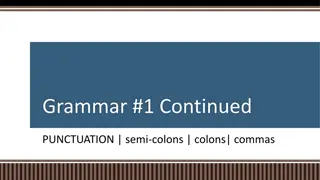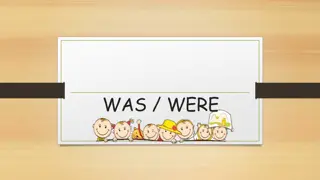Mastering Apostrophes: A Guide to Correct Usage
Understanding the proper use of apostrophes is vital in written communication. Learn how to indicate omission and possession correctly, including handling plural possessives. Avoid common pitfalls like improper use with personal pronouns to enhance your writing skills.
Download Presentation

Please find below an Image/Link to download the presentation.
The content on the website is provided AS IS for your information and personal use only. It may not be sold, licensed, or shared on other websites without obtaining consent from the author.If you encounter any issues during the download, it is possible that the publisher has removed the file from their server.
You are allowed to download the files provided on this website for personal or commercial use, subject to the condition that they are used lawfully. All files are the property of their respective owners.
The content on the website is provided AS IS for your information and personal use only. It may not be sold, licensed, or shared on other websites without obtaining consent from the author.
E N D
Presentation Transcript
Punctuation 6 Copy the notes on apostrophes into your exercise books
We use apostrophes to indicate missing letters (omission) when we shorten words: We ll It s They re It ll Shouldn t Can t He s The rule is that the apostrophe goes where the missing letter or letters would be.
We use apostrophes to indicate possession: I drove Mary s car. (The car belonging to Mary.) I reformatted the computer s hard drive. (The hard drive belonging to the computer.)
Now for the tricky bit! Sometimes things belong to more than one person or object. If the plural ends in s (and it often does!) the apostrophe goes on the outside of the word: The dogs bowl is dirty. (More than one dog uses the bowl.) I reformatted the computers hard drives. (More than one computer.)
Some plurals do not end in s. If this is the case, the apostrophe goes before the s : The geese s honking drove me nuts! The children s game was a bit loud and messy.
Here are some everyday examples that have made our little friend cry!
A note of caution!! We do not use apostrophes with personal pronouns as they already indicate ownership. The dog is wagging it s tail MEANS The dog is wagging it is tail
